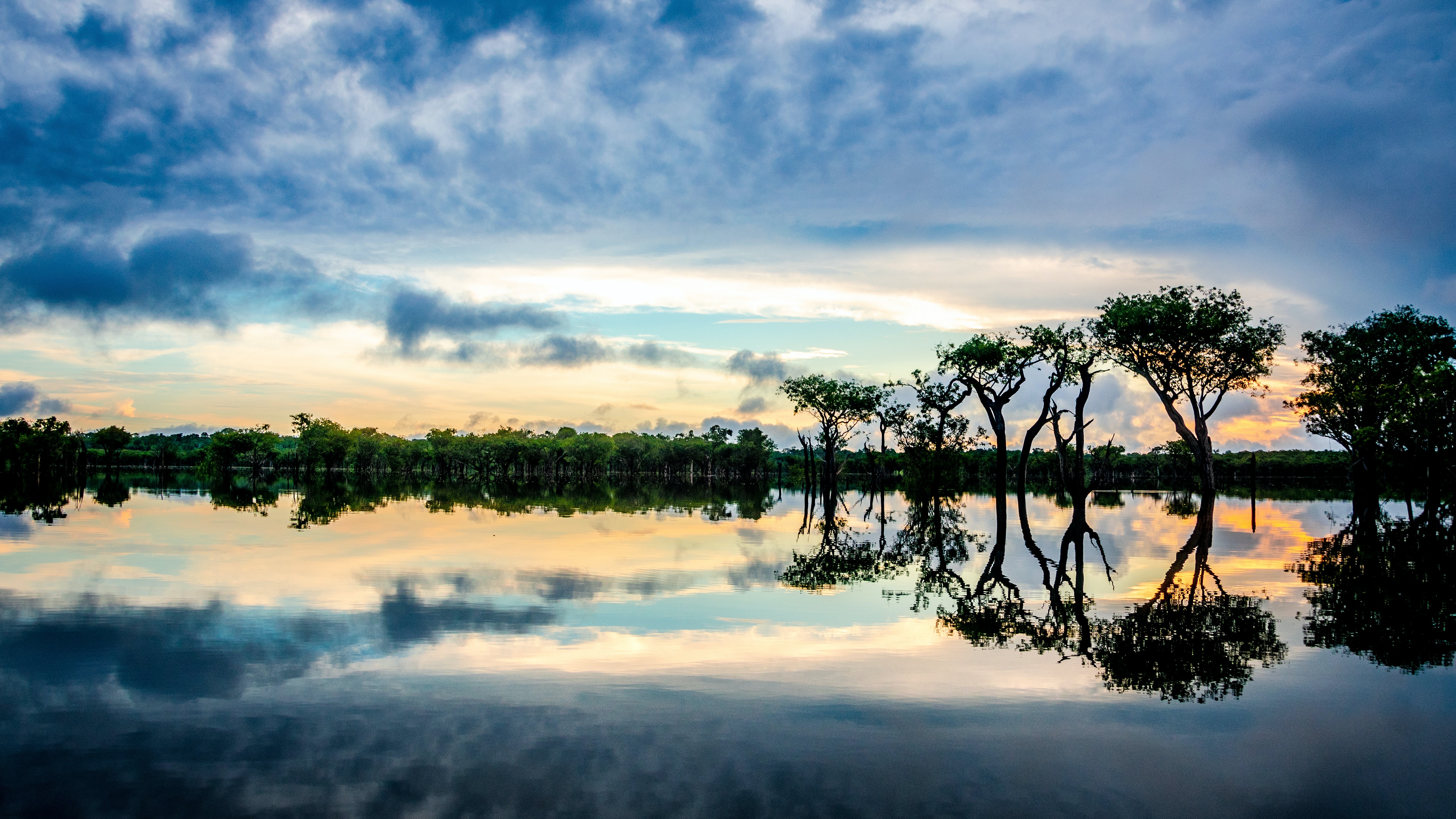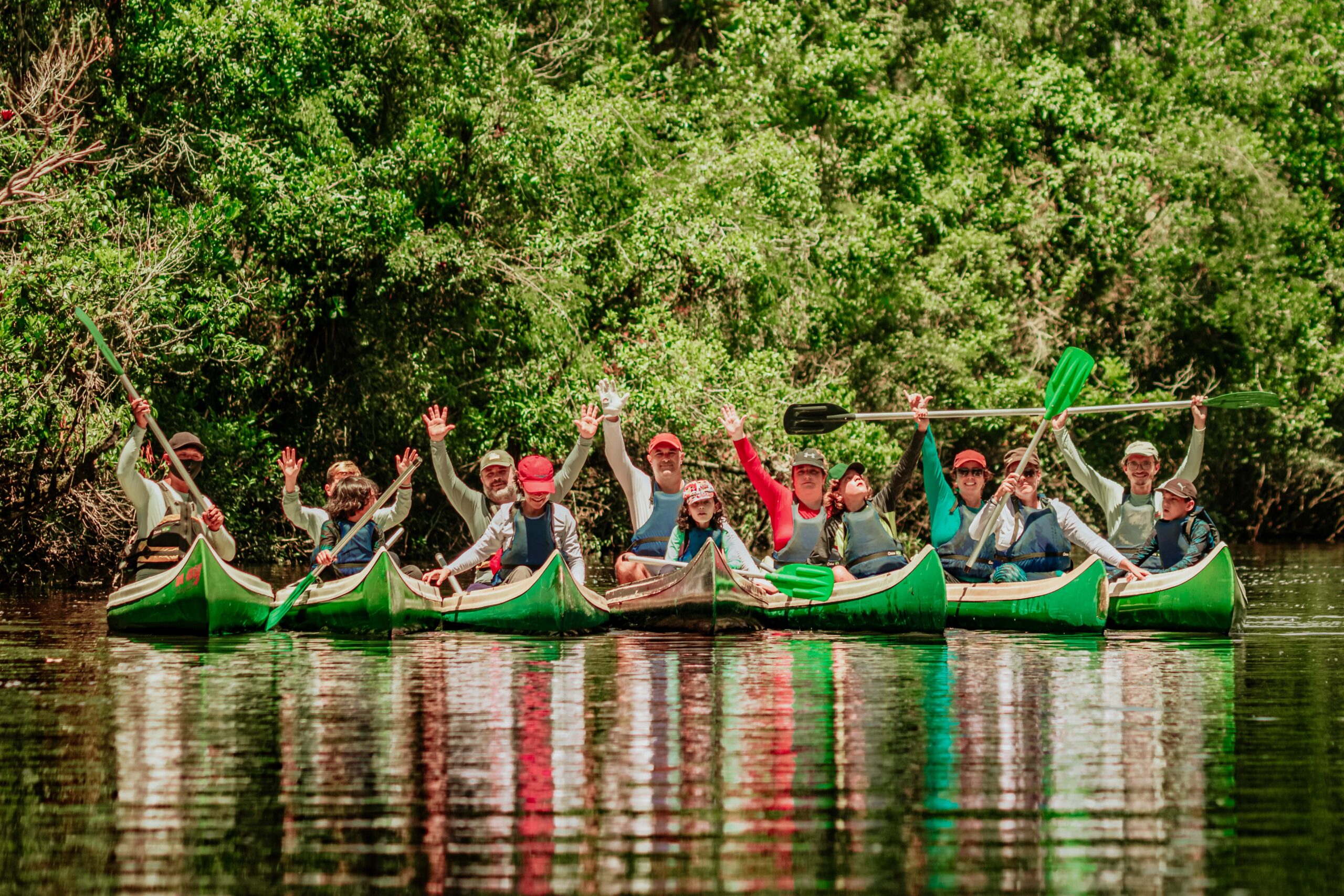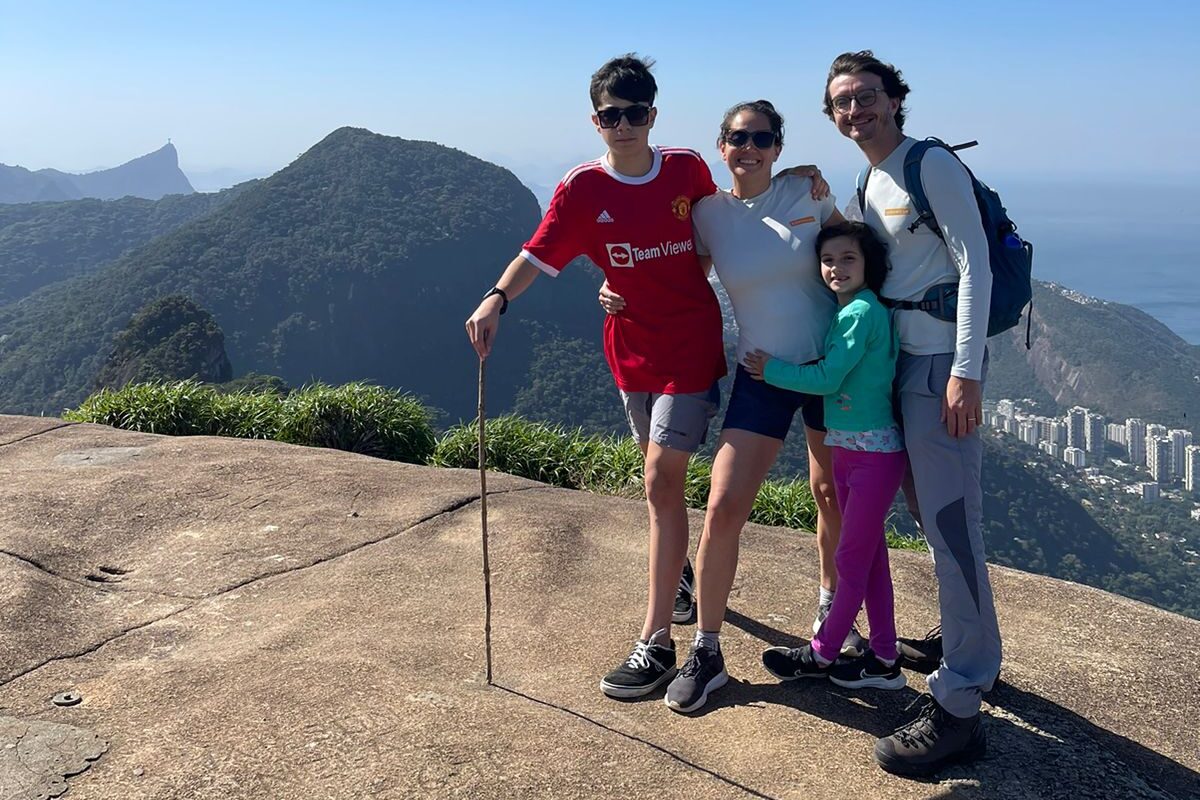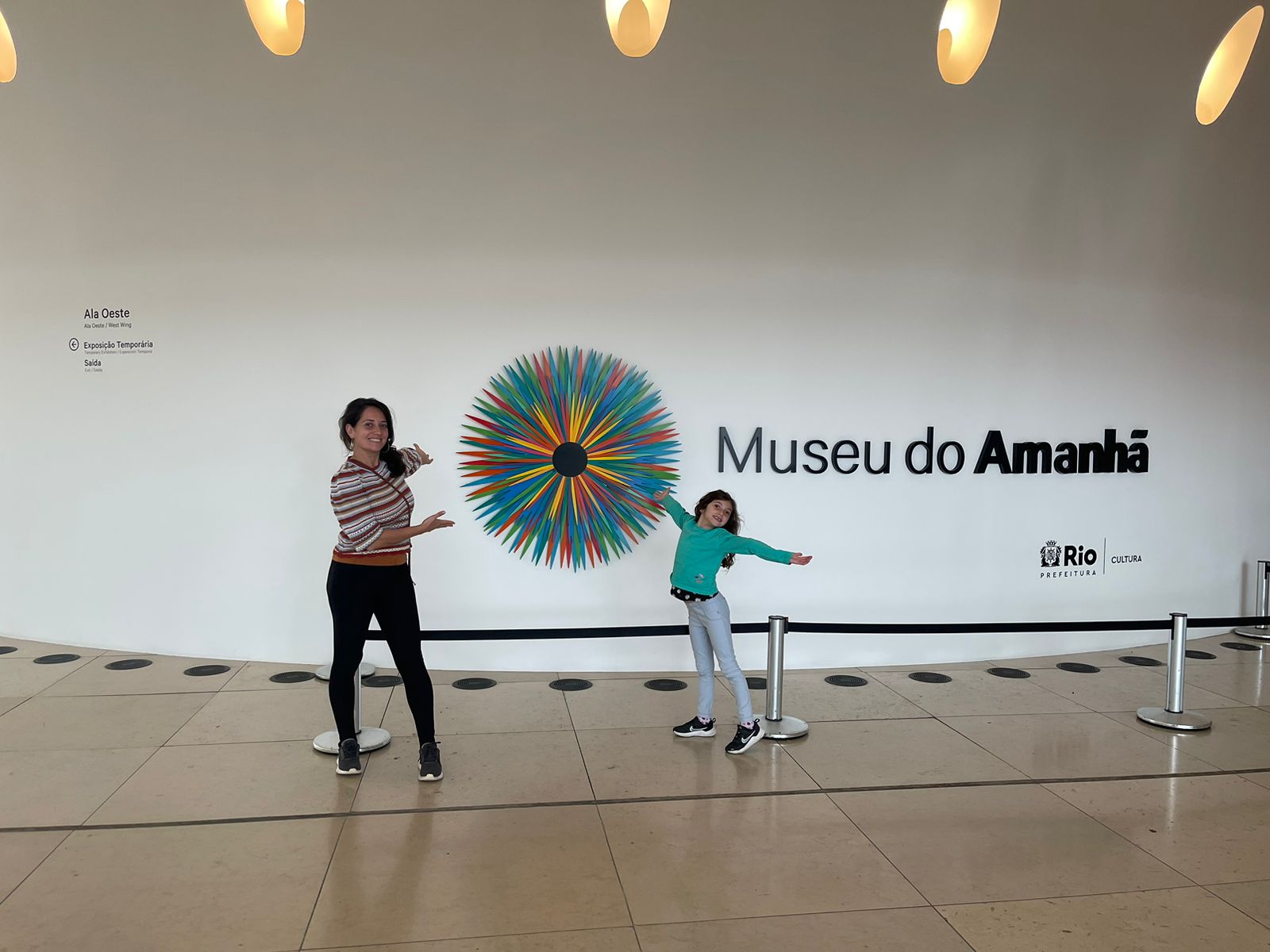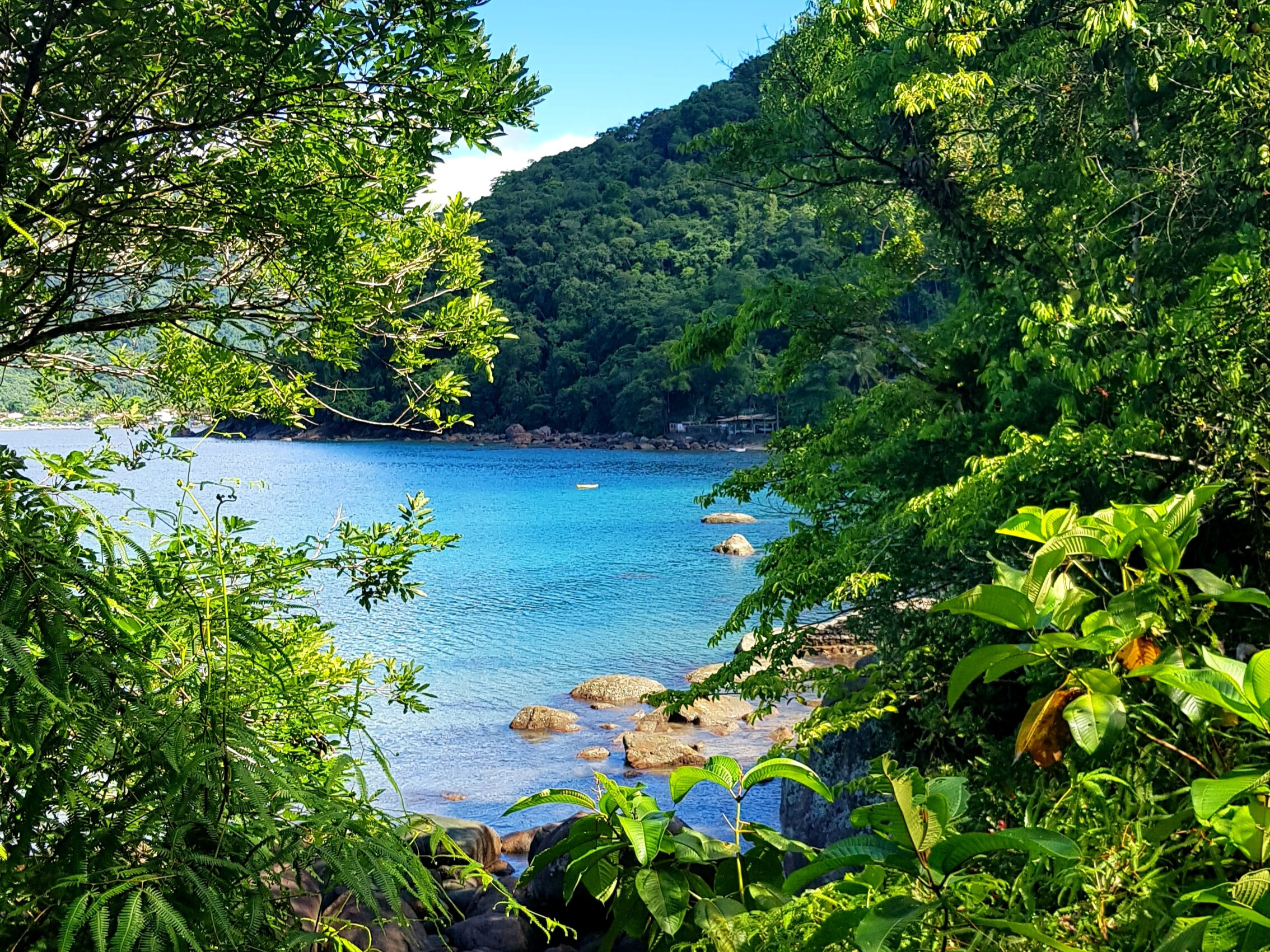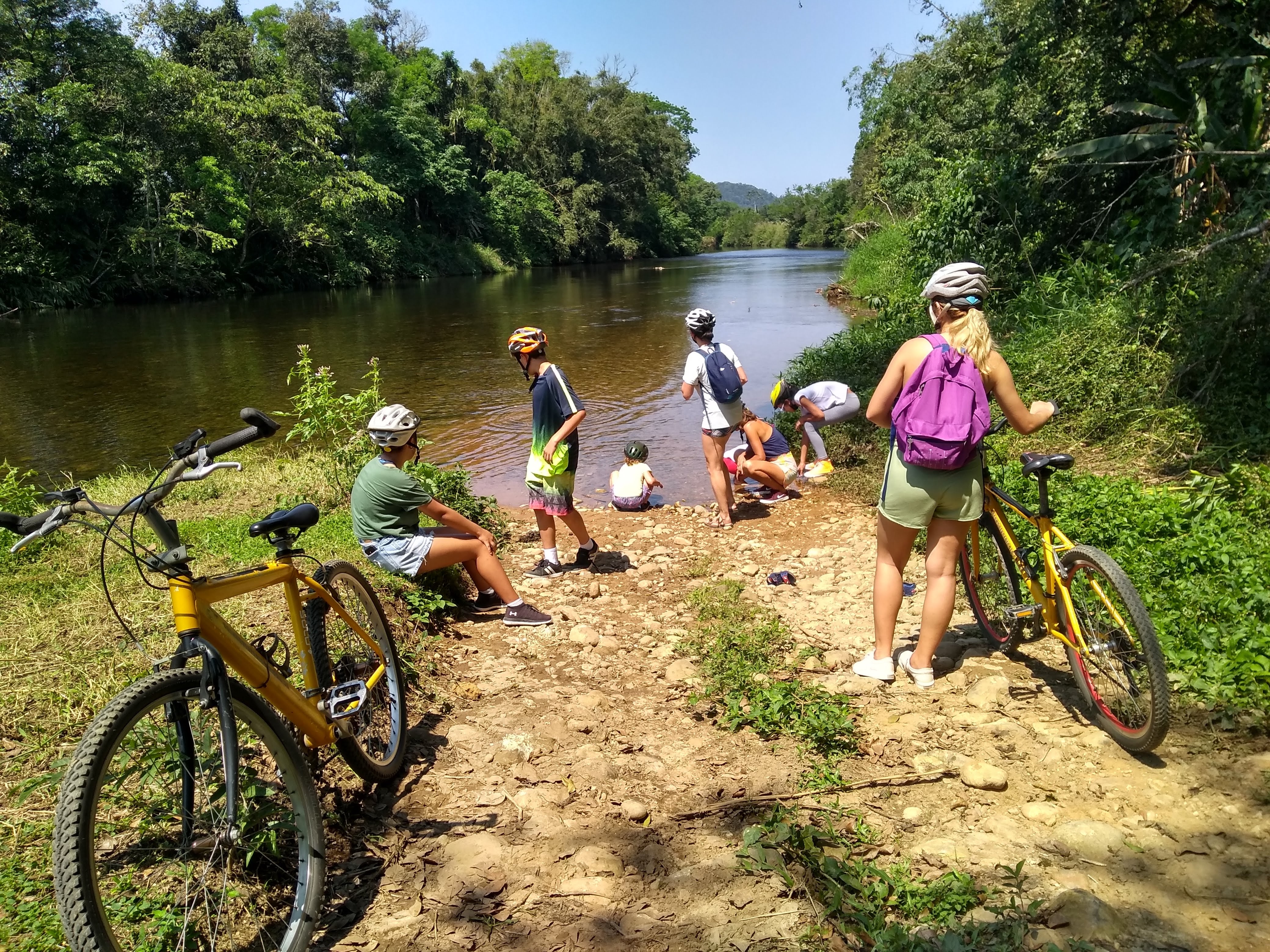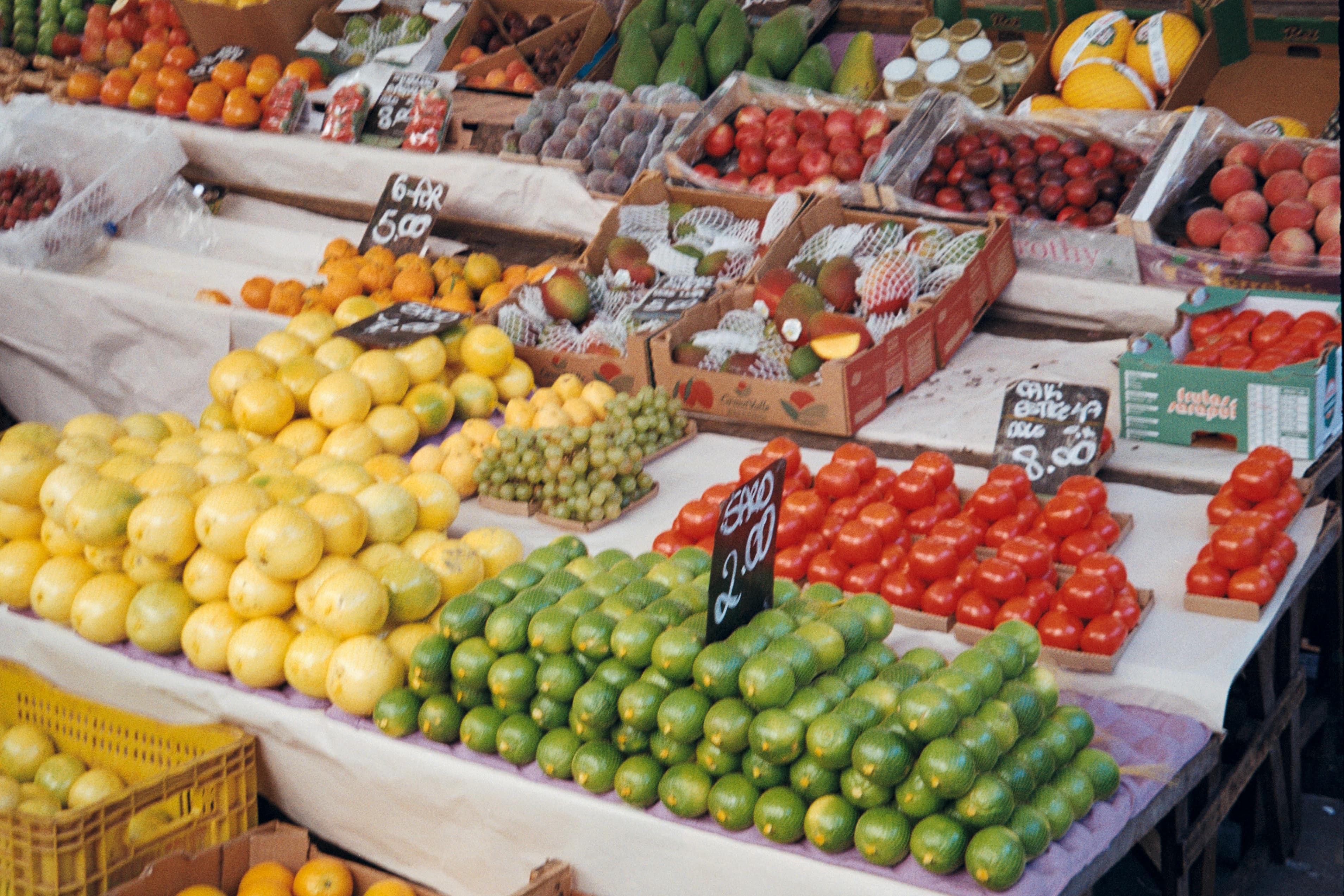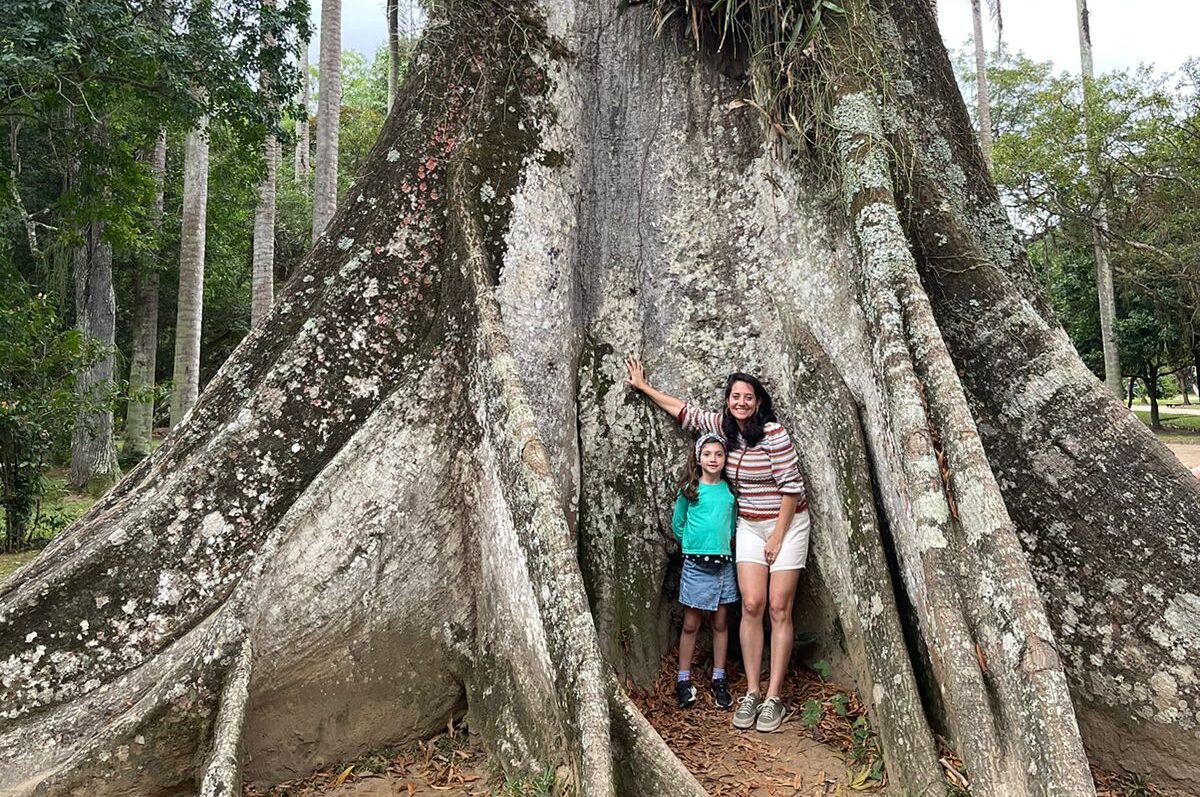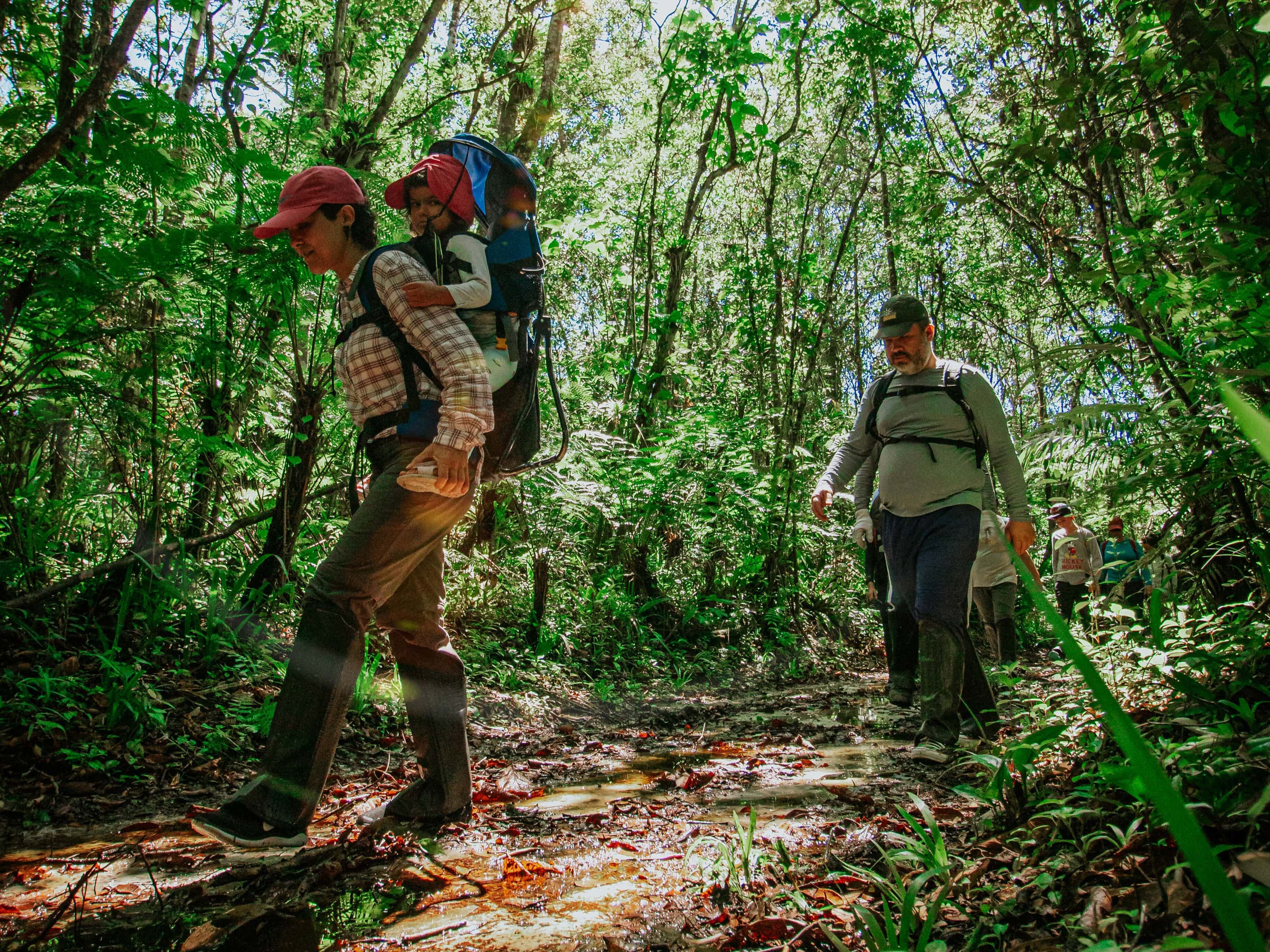Do you know what speaks volumes about Brazil? Folklore. Today, August 22nd, Folklore Day is celebrated here. But after all, what is it?
Content Summary
Brazilian folklore is a collection of legends, myths, and characters. “It’s a blend of various native cultures and many from abroad. Characters from European and African traditions mixed with indigenous beliefs, forming a grand pantheon of creatures – some frightening, others fun and captivating, but all rich in meaning and history” defines the website of the Brazilian Institute of Museums.
Every region of Brazil has its own versions of these stories, particularly in rural areas. Some stories are recognized nationwide and, rather than merely remaining within people’s imaginations—especially children’s—these tales gather strength from the accounts of individuals who firmly assert having experienced extraordinary and supernatural events.
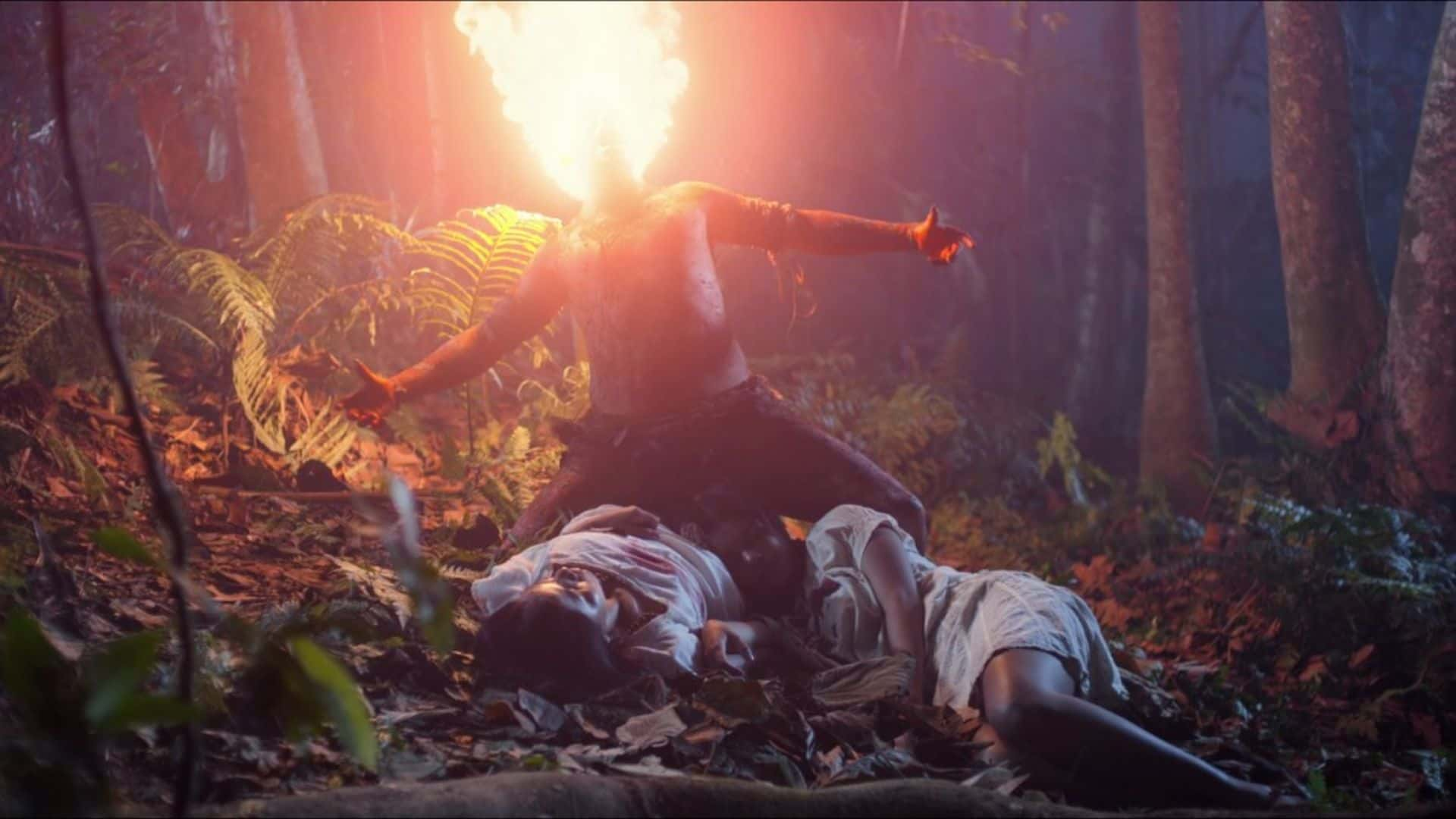 Reproduction/Invisible City-Netflix
Reproduction/Invisible City-Netflix
The origin of the word “folklore”
According to licensed language teacher Márcia Fernandes, the date was established in Brazil in 1965 through Decree No. 56.747, dated August 17, 1965. August 22nd was chosen because it marks the first time the word “folklore” was used to refer to the customs of a people in 1846. British folklorist William John Thoms combined the words “folk” and “lore” (which means “knowledge”), and in Portuguese, it became “folclore.”
Main legends and characters of Brazilian folklore
Saci-pererê
Saci-pererê is one of the most popular characters in Brazilian folklore across the country – one of them, as this can vary from region to region. That’s why some of its characteristics can change depending on the place. However, what is consistent is that this mythical being has the appearance of a mischievous one-legged black boy who smokes a pipe and wears a red cap. The cap grants him magical powers, so whoever manages to take it off his head gains control over Saci – but since he’s quite clever, he always finds a way to escape.
Curupira
Curupira is closely tied to nature. It is known as the protector of the forests. According to Brazil Escola, its story originates from indigenous culture, and based on that, people believed that Curupira would terrorize and kill those who entered the forest to hunt or cut down trees. Similar to Saci, its appearance can change according to each Brazilian region based on collective experiences and people’s stories. However, its most widespread appearance features red hair, short stature, and feet turned backward.
 Photo: Priscila Forone
Photo: Priscila Forone
Boto
Boto is a prevalent being in the northern region of the country, dominated by the Amazon rainforest, and home to the pink river dolphin, the largest freshwater “dolphin” in the world! According to this legend, the botos would transform into seductive men and impregnate women, only to disappear afterward. In fact, there are also reports about “botas” , the female version, who appears in dreams and in the middle of the night. It’s quite common for individuals and families to claim to be descendants of the boto. Despite the playful and even funny aspect, it’s now understood that this hides a rather sad reality: impunity, poverty, and a deeply ingrained culture of male dominance, as noted by The New York Times.
Cuca
The story of Cuca became well-known in the form of an alligator through the work of Monteiro Lobato, a significant Brazilian writer, and the creator of “Sítio do Pica Pau Amarelo.” In his works, he intertwined the interaction of real people with mythological beings. According to the original stories, she is an old woman, a kind of witch, with a frightening appearance and a child-devouring nature – a characteristic that directly associates her with the “boogeyman” , another popular figure.
 Reproduction/Sítio do Pica Pau Amarelo
Reproduction/Sítio do Pica Pau Amarelo
The truth is, there are many versions, making it impossible to cover everything about Brazilian folklore here! But we hope it has been possible to grasp a bit of it. There is also a series that portrays these mentioned characters with a more contemporary view called “Invisible City”, available on Netflix.
We decided to share these curiosities here because when visiting Brazil, tourists might come across one or more of these legends. It’s possible that they might even recognize some connection with their own country since these references are ancestral and diverse. We believe that it is interesting to share this information to highlight the richness and diversity of our country in this aspect as well.
We hope you’ve enjoyed it!

